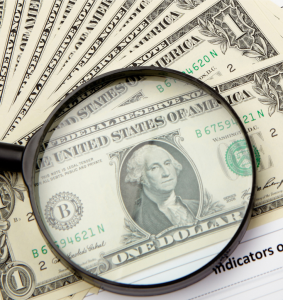THE UPS AND DOWNS OF PRICING
 If you sell a product or service, in most instances you are in control of the price that the consumer pays.
If you sell a product or service, in most instances you are in control of the price that the consumer pays.
I was taught that there are four levels of pricing:
- Free: you may not make any money when you are giving something away but there is a good chance that you will get a lot of attention. That attention may be worth its weight in gold if you provide a service or product that a consumer will want to keep buying.
- Reasonable pricing: this approach puts you in the middle of the market. This requires a delicate balance so that you don’t scare away possible customers by going a little too high or losing money by going a little too low.
- Really low pricing: that is when you offer a product or service at such a low price that people will buy it, not necessarily because they need the product, but the really low price is so attractive. Several big box stores use this concept, and it appears to be working for them.
- Really high pricing: if you offer a specialty item and that market is very affluent, this may work.
Now that we have looked at all four pricing structures, which one should you select? I am an advocate of combining the alternatives to best suit your product/service and which will have the greatest appeal to your target market.
In my own firms, I use a combination of the four. I have used the FREE to get people to try my product and for those that stay I change to Reasonable Pricing. For my other firms, I start with reasonable pricing and push my “WHY” along with the price.
Where are you on your pricing?
“The more you focus on the value of your product or service, the less important the price becomes.” – Brian Tracy
Comments are closed

